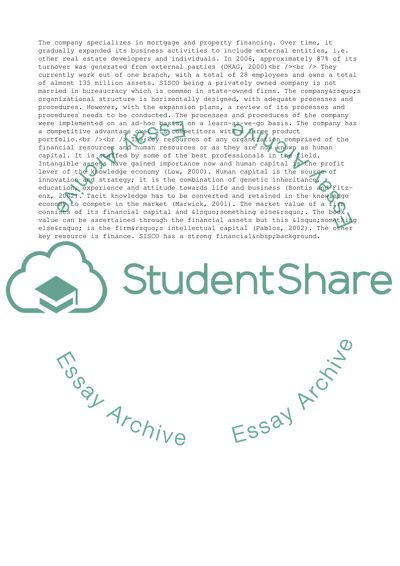Cite this document
(Functions of Omar Kassem Alesayi Group Case Study, n.d.)
Functions of Omar Kassem Alesayi Group Case Study. Retrieved from https://studentshare.org/management/1549403-finance-research-paper-123
Functions of Omar Kassem Alesayi Group Case Study. Retrieved from https://studentshare.org/management/1549403-finance-research-paper-123
(Functions of Omar Kassem Alesayi Group Case Study)
Functions of Omar Kassem Alesayi Group Case Study. https://studentshare.org/management/1549403-finance-research-paper-123.
Functions of Omar Kassem Alesayi Group Case Study. https://studentshare.org/management/1549403-finance-research-paper-123.
“Functions of Omar Kassem Alesayi Group Case Study”, n.d. https://studentshare.org/management/1549403-finance-research-paper-123.


